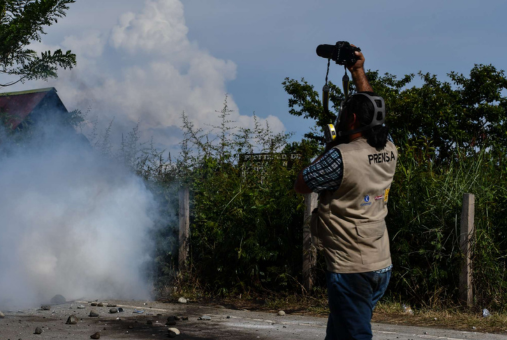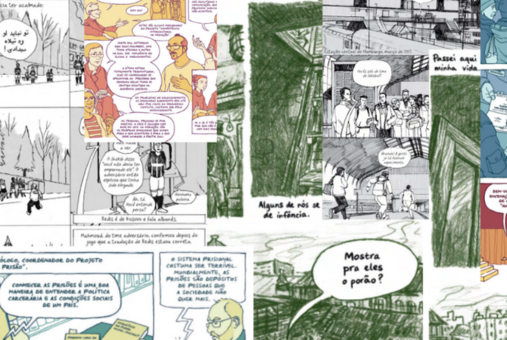
Combining investigative journalism and academic research, Agência Pública's unprecedented project mapped the genealogies of 116 Brazilian politicians to show links between power and the country's slave-owning past.

In 2024, journalists from Mexico to Nicaragua to Brazil faced mounting violence, censorship and harassment — yet persisted through courageous reporting. Here are our reporters’ most pressing and memorable stories of the year.

From AI tools to combat censorship and disinformation to international collaborations exposing cross-border crime, these 10 projects advanced journalism and made an impact on their communities.

Chatbots with traditionally feminine names can reflect how technology perpetuates gender stereotypes, linking women to service-oriented roles. Despite the intention of neutrality, these elections can continue to reproduce a traditional view of gender roles in society.

El Toque’s informal exchange rate is used by taxi drivers, restaurateurs, and small businesses across the island. It’s also grown the news site’s traffic tenfold.

Despite threats, violence and criminalization against the journalistic profession in Guatemala, news agency Prensa Comunitaria has been changing the way women, youth and Indigenous peoples are covered in the media for 12 years.

In a region that’s especially vulnerable to the effects of climate change, environmental content platform Cari-Bois is training teenagers and adults to report on their communities.

Eva, a woman imprisoned in Paraguay, shares her story through a chatbot powered by artificial intelligence. Created by the media outlet El Surti, this project seeks to make visible the stories of women trapped in the judicial system for drug trafficking crimes.

Three award-winning journalists from Argentina, Colombia and Cuba share tips to improve reporting, interviews and the use of language in a piece of narrative journalism.

A newly published manual from Brazilian researcher and journalist Augusto Paim outlines the steps to producing comics journalism, offering guidance from story definition to investigation, scripting, and editing.

Boom is a new platform that brings together journalism, art and activism. It was created by prominent journalists seeking to have a transformative impact on the Americas.

The creators behind Periodismo de lo posible are rethinking what it means to have an impact with journalism, looking beyond clicks and efforts to go viral.